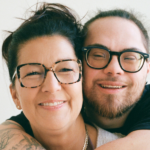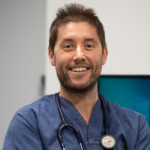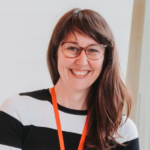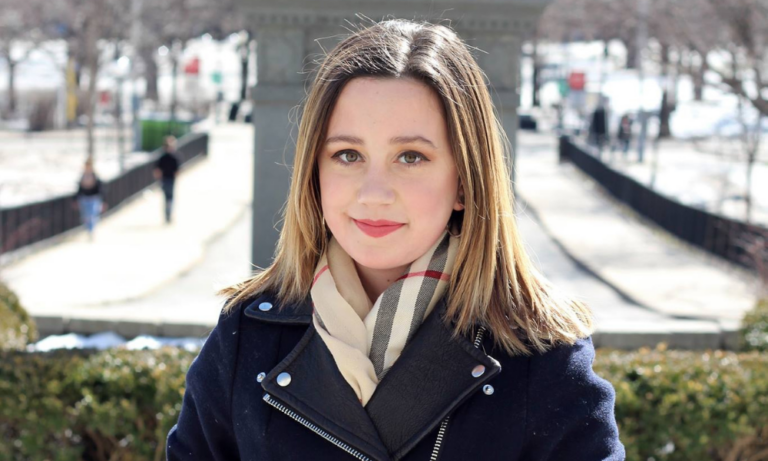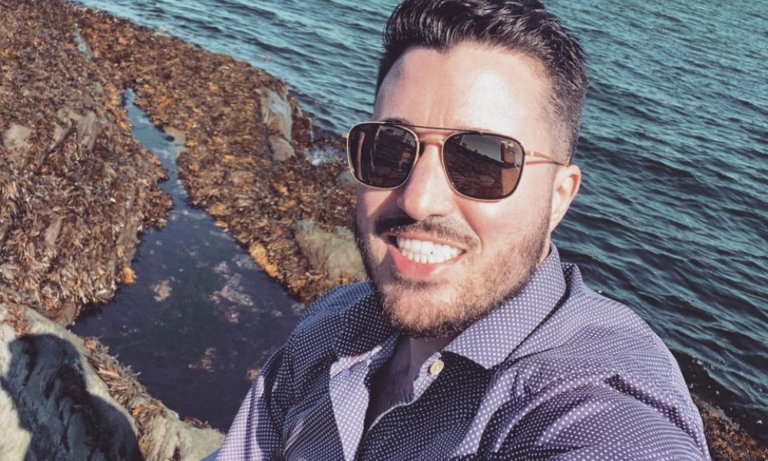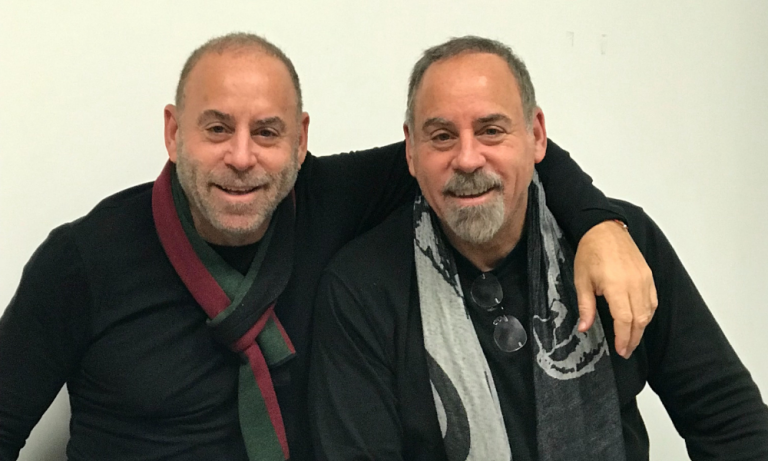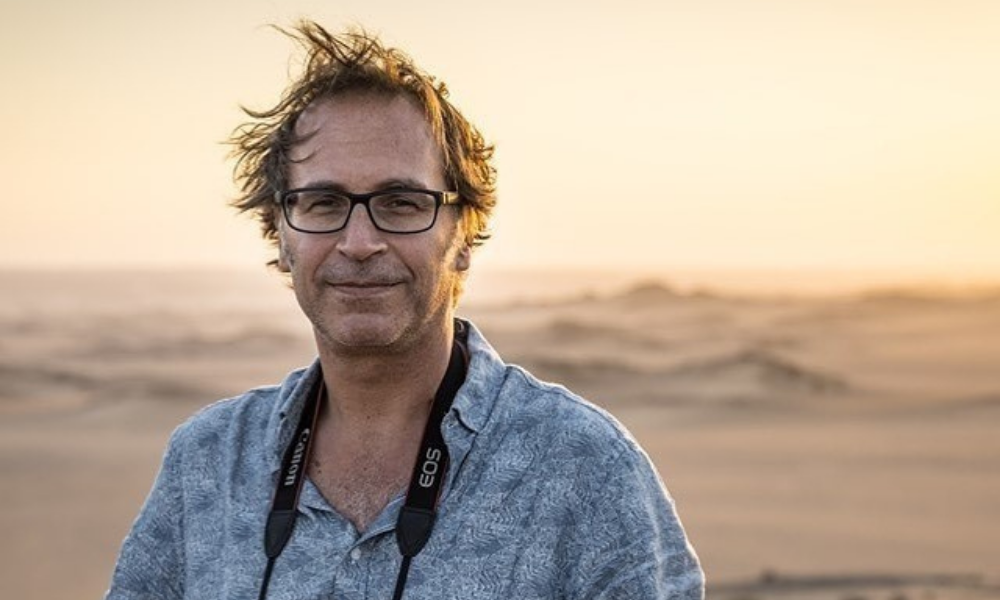
© Mathieu Dupuis
Gary Lawrence is a journalist, editor and a regular contributor to Le Devoir and L’actualité. He usually writes about travels, tourism, and outdoor adventures. The Foundation would like to thank him for sharing his experience at the Montreal Heart Institute.
Some time ago, doctors sawed my sternum in half, opened my rib cage, and replaced an aorta that had become dangerously enlarged and thin due to a birth defect.
Every heart specialist agreed: this piece of my heart needed to be replaced before it suddenly crumbled under the stress of physical exertion. This could have happened in my living room after lifting my daughter, when trying to pick up a heavy backpack, or even on the peak of a mountain in Kyrgyzstan. Something had to be done.
Even though the surgery itself went off without a hitch, the days immediately following my time in the OR were a tad unpleasant, to say the least. First, because my anxiety levels spiked every time I thought of the ordeal, even after the surgery. Second, the surgery required not only my heart to stop beating, but my lungs to stop functioning. So for three hours, I was hooked up to a pump that ensured my blood could continue to be oxygenated.
It was terrifying to realize that these vital organs of mine had temporarily been out of service for the first time since they had developed, back when I was but a small embryo in my mother’s belly.
Despite the general anesthetics, my body was still quite battered from having my rib cage broken open. Even sprawled out on a comfortable bed, it was impossible for me to wind down and get some rest those first few nights: my post-traumatic shock kept me awake with visions of saws chewing through my bones. I was also worried about the potential for complications or an infection that would have brought me right back onto the surgical table, something I was dreading more than anything else now that my sternum was all stitched up and my chest had begun to heal. Sleeping pills were a must for me those first few days. Paradoxically, I needed both sleep and to get moving. As soon as possible.
I remember my kids’ stunned look when I was released from the hospital five days after my surgery. When they saw me successfully navigate the stairs to our home, they couldn’t believe I was already walking. I felt like I was 160 years old, sweating profusely and out of breath at the slightest movement. But I kept progressing. As the weeks went by, I realized just how good the human body is at healing itself.
Over time, I kept adding more and more rehabilitation exercises to my daily routine. I even went on mini hikes in the woods to get my limbs moving again. Six weeks after my surgery, I was able to get behind the wheel. Eight weeks after my surgery, I was able to reunite with my bike. I truly felt as if I had been resurrected.
Today I’m able to walk for five hours without a problem. I can pedal for three hours without collapsing. I’m able to climb increasingly steep hills and get my ventricles pumping at full force. I’ve been permitted again to fly and return to work. Thanks to my new aorta and my new lifestyle habits, I believe it will only be a matter of months until I’m in better shape than I ever was.
I’ve been told it is strictly forbidden for me to die an early death and I fully intend to comply with this edict. Every day, I touch the long scar that now resides on my chest. It reminds me of a tattoo, a sort of permanent mark left after a rite of passage. In my life, I’ve travelled the four corners of the earth. But I’ve never come back from so far.
I am eternally grateful to Dr. Philippe Demers, a.k.a. “The Aorta Master” at the Montreal Heart Institute and to everyone in the outstanding surgery and post-surgery teams. Without them, this episode could have turned into a nightmare. I know it’s a favourite pastime of ours to complain about Quebec’s health system, but all of us need to understand that we’re incredibly lucky to benefit from free care… even though there’s a distinct possibility of hopelessly getting lost trying to navigate our hospitals’ myriad hallways.
I want to thank the love of my life and our two teenagers who showed immense courage in the face of a stressful situation. They were unflappable and helped me get through one of the worst chapters of my life. I also want to thank every other member of my family and my close friends who have never been so dear to my heart.
By continuing to support the Institute’s innovative projects, patients like Gary Lawrence can go back to living happy, healthy lives surrounded by loved ones.
Donate today


